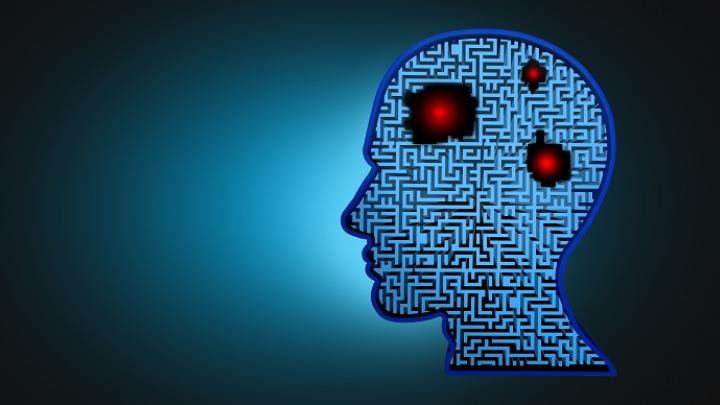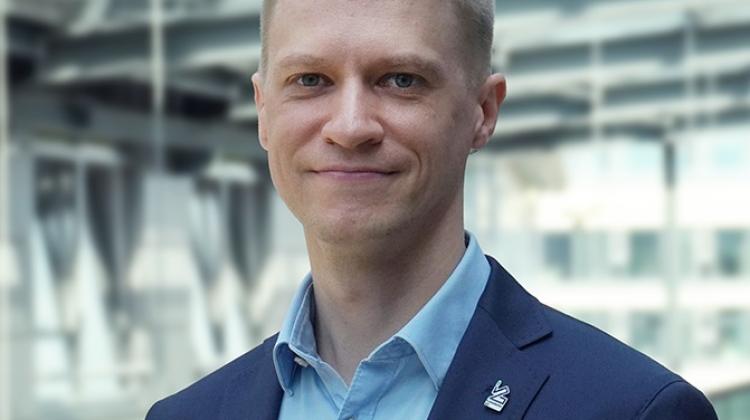3D printer made of Lego bricks
 Photo: Fotolia
Photo: Fotolia
3D printer made of Lego bricks is an invention of Piotr Palczewski, this year\'s graduate of AGH University of Science and Technology in Kraków. This is the only such device in the world.
Unusual printer is the graduation project of Piotr Palczewski from the Faculty of Mechanical Engineering and Robotics. "I wanted my engineering project to be original. I think I succeeded. I also wanted to show that 3D printers are not such an unreachable technology. You can build it at home, using commonly available electronics" - Piotr Palczewski told PAP.
The graduate’s device works like most low-cost 3D printers, but it is almost entirely built of Lego bricks - exactly 1.7 thousand coloured parts. On-board computer and servo motors come from the special Lego Mindstorms series for young robot constructors. In addition to Lego bricks, the printer parts include integrated head feeding the material, and glass top with dimensions of 13 x 10 cm.
The printer is approx. 35 cm high and 26 cm wide. Its value is - as estimated by the inventor - approx. 3 thousand zlotys. Design and construction took approx. one year.
The printer built with bricks can create everything a regular 3D printer can. "You can print almost everything, everyday items, spare parts, even clothes and shoes. Printers are used in medicine to create, for example, implants and prostheses" - said the young inventor.
How can users print objects? "Firs you need to make a 3D model in a dedicated CAD program. You can also download ready models from the internet. Then a program transforms our 3D model into a sequence of instructions that the printer can understand. After sending the file to the device using Wi-Fi, you just click >>enter<< and it starts printing" - said AGH graduate.
How does the printing process look? In 3D printing technology used in the device, the plastic material ABS in the form of lines is pushed into the head, where it is melted at approx. 230 degrees Celsius. The melted material is spread over the programmed trajectory, and immediately after exiting the head it binds with the previous layer, and solidifies. Applied layer upon layer, it forms a 3D object. The prints are single colour, but lines are available in various colours.
The author of the project plans write a letter to the company Lego, asking if they would be interested in promoting or purchasing the device.
Piotr Palczewski plans another interesting project. "As a masters project I want to make a device for controlling objects, for example manipulators, wheelchairs or a computer interface, with thoughts, or EEG waves. I would like to again do something unusual and interesting, yet useful. For now, I have a problem with raising funds"- Piotr Palczewski commented on his next idea.
PAP - Science and Scholarship in Poland
bko/ mrt/ zan/
tr. RL
Przed dodaniem komentarza prosimy o zapoznanie z Regulaminem forum serwisu Nauka w Polsce.

















